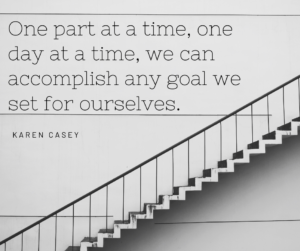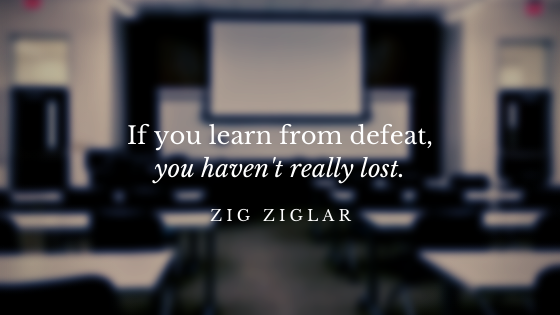Please, please stop saying “unprecedented” when referring to this global pandemic! It might be a hot mess or crazy times, highly unusual or extraordinary, but please call it something other than unprecedented. We’ve heard that before. Help me to consider the current situation in a different light and you’ll have my attention.
I’ve had to think of my training business in a different way when it became apparent that the pandemic changed how people need to get training. Online training has existed for some time. There are self-paced, digital courses available in many fields. Anyone visiting the “support” or “help” areas on websites for assistance sees many examples of training tools designed to help an end user navigate the steps necessary to do just about anything. These types of training are necessary to provide, but they don’t make up the majority of the type of training I provide.
So what about synchronous training? You know, live, in person training courses that advance a learner to proficiency in a subject or skill. Is it possible to convert that type of training to an online version? I think so. I believe there is the opportunity to engage students in the online space that is not the same as in a classroom, but can still provide a similar experience.
There is also the need to create online versions of static professional development classes. These are often continuing education courses that professionals need because a state regulatory agency recognizes the need to keep licensees updated in their respective fields. The content may not change often, but it does change over time. With no opportunities to meet in a classroom for the foreseeable future, the professional using existing digital offerings depends on classes that are updated infrequently with no opportunity to interact with the instructor or other students.
Classroom training can be converted to online opportunity. What will attract the person who wants to learn the material? In a word: Interaction. A class offered live, online can have a degree of interaction with the instructor and other participants, depending on the platform used to deliver the class. In addition to interaction, current offerings can also deliver up-to-date material.
Here are five strategies I’ve used to convert my classroom-based classes to the online environment:
- Change the presentation to fit the online environment: You may need more or less words on the slide, depending on how you normally construct your presentations. Consider using different kinds of graphics to illustrate your points. You might want to use video and animation to break up the monotony of the slide deck.
- Use breakout rooms: Consider using a platform that gives you the ability to assign participants to breakout rooms where they can discuss topics in small groups. Give them questions or topics to discuss in a handout (either send it to them prior to the class and/or let them download it from the platform). Have one person report out of the group when the participants reconvene.
- Step up their participation: Use polls to solicit answers to questions or feedback. Use techniques such as “Write this down,” “Raise your hand if . . . ,” “wave if you . . . ,” “Write in the chat box . . . .” Take people off mute if they have questions or comments. If you’re asking them to give feedback in the chat or questions features of the platform, read them and respond. You have to be intentional about involving people online because you won’t be able to judge their reactions to what you’re saying as you would in the classroom.
- Use your webcam: Yes, it’s disconcerting to think that the participants are seeing you but you are probably not seeing them. Talk to the camera and imagine you’re speaking to one (or more). Use gestures. Be animated. Don’t just read the slides!
- Give them a break: Depending on the length of the class, consider working in a break. Most people can’t sit and pay attention for more than 90 minutes. If your class is an hour in length, there’s probably no need for a break.
All of these adaptations require work. Reevaluate the content of the class. What is essential? What is fluff? Make a meaningful experience for your participants. Give them a reason to be there with you for a live online class. Make it an extraordinary experience.










